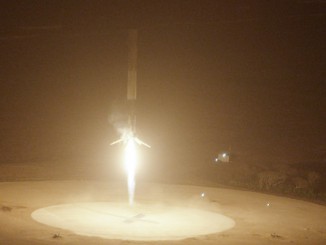
News

Falcon 9
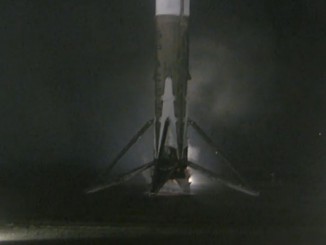
Falcon 9
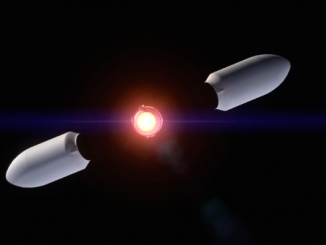
Falcon 9
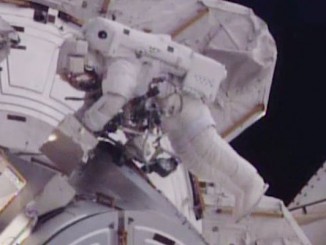
Mission Reports
Successful spacewalk frees up robot arm transporter
Space station commander Scott Kelly and newly-arrived flight engineer Tim Kopra ventured outside the lab complex Monday and freed up a stalled robot arm-carrying transporter so it could be moved to a nearby anchor point and locked down, clearing the way for a Russian Progress supply ship to dock Wednesday.

Mission Reports
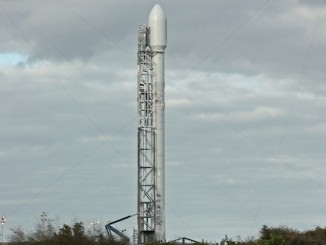
Falcon 9
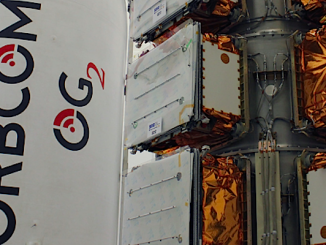
Falcon 9

Mission Reports
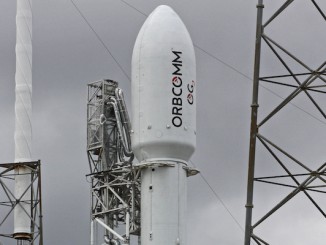
Falcon 9
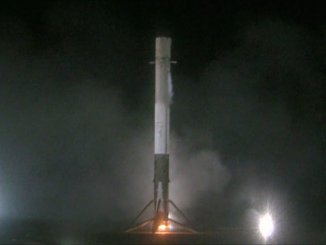
Falcon 9
Live coverage: Falcon 9 rocket launches, and lands, at Cape Canaveral
In a fiery, dramatic comeback for SpaceX, a Falcon 9 rocket took off from Cape Canaveral, streaking into orbit as its booster stage returned to a historic landing on Florida’s Space Coast in a key achievement aimed at slashing the cost of space transportation. Eleven communications satellites for Orbcomm were deployed in orbit in the flight’s prime objective.
